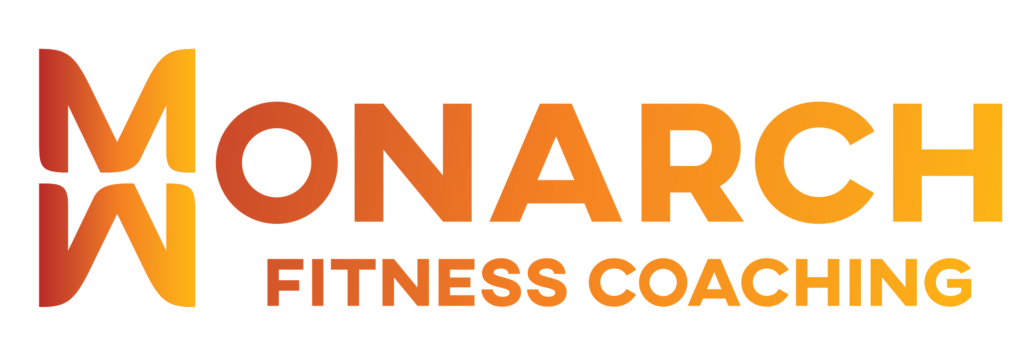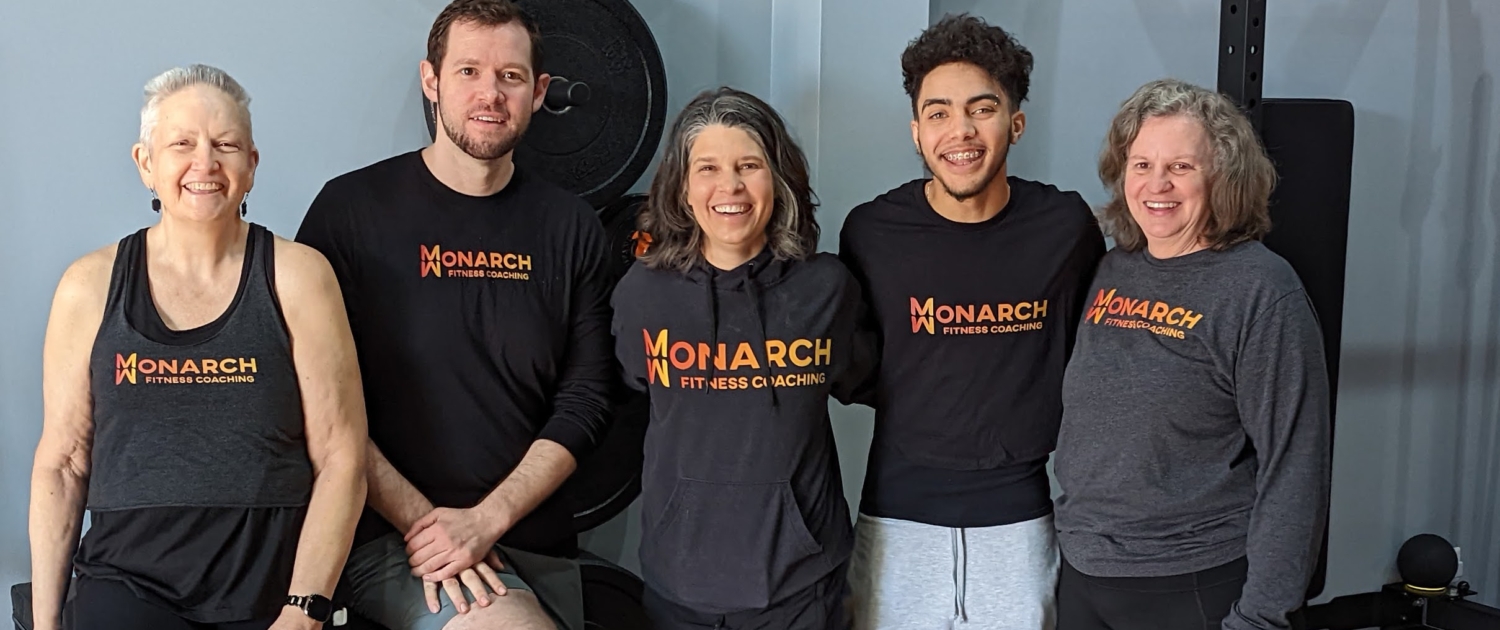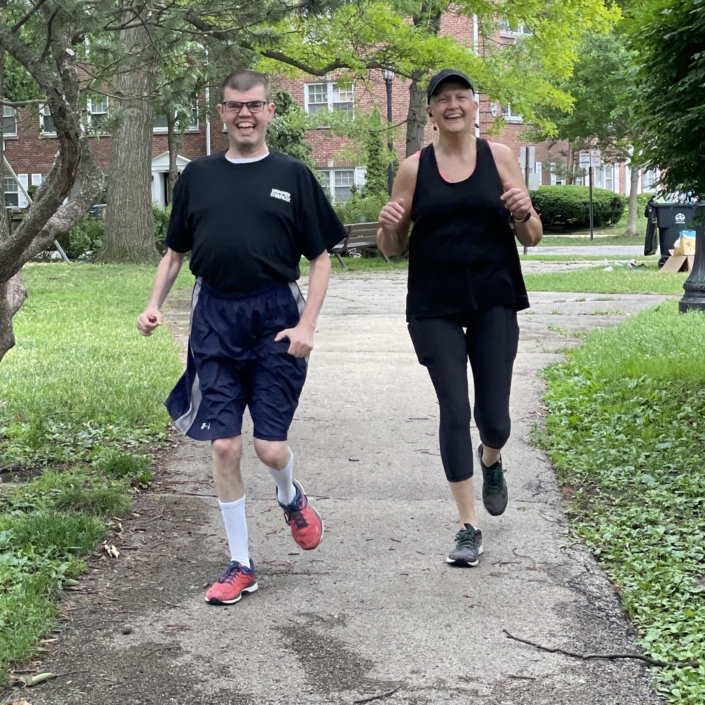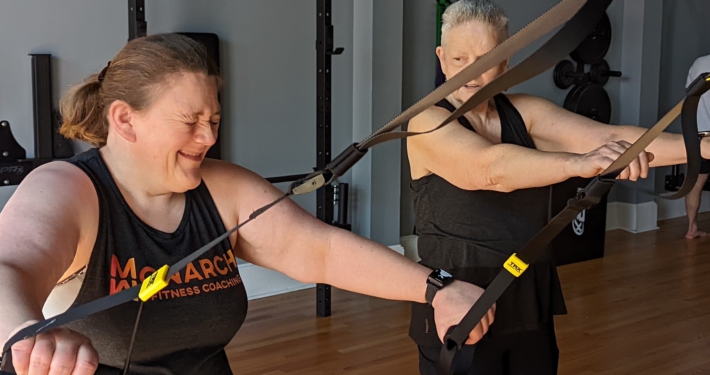We have heard the expression: “Team Work makes the Dream Work.” From research to healthcare, working collaboratively allows groups to accomplish more than they could individually. Teamwork is important for achieving better outcomes, improving communication, and enhancing efficiency. So, shouldn’t the same be true of fitness coaching?
What is interprofessional collaboration in healthcare?
According to the World Health Organization, collaborative practice is “when multiple health workers from different professional backgrounds provide comprehensive services by working with patients, their families, caregivers, and communities to deliver the highest quality of care across settings.”
In addition to ensuring quality care, collaboration can facilitate interprofessional education “when two or more professions learn about, from, and with each other to enable effective collaboration and improve health outcomes.” Professions in this sense means the work of individuals with the knowledge to contribute to the physical, mental, and social well-being of communities.
How is interprofessional care beneficial?
According to the World Health Professions Alliance, interprofessional collaboration can promote the following:
- Increased access to better healthcare options for families
- Safe and responsive care that considers the needs of the community
- More efficient use of resources
- Fewer people with disabilities: When healthcare providers use a comprehensive approach to care (including promoting good health, preventing sickness and injury, treating diseases, and helping with recovery), people are less likely to suffer long-term disabilities related to non-communicable diseases.
- Preventing healthcare providers from being overworked, so they can take better care of patients.
What other fields use this model?
Research often uses collaboration models to improve the quality and scope of studies. Bringing together different disciplines (or lived experiences) can lead to a more comprehensive approach that addresses multiple aspects of a problem and can provide new insight that may not have been possible otherwise. Collaborative research can also show the way research findings are used by or affect different communities.
Trin, our Community Relations and Social Media Coordinator, is a research assistant on a project at Northwestern University—in collaboration with caregivers, teachers, parents, and community members—researching transdisciplinary learning. Criticizing the separation of academic disciplines into apolitical subjects like science and math, their work examines developing curricula that equip young people with the socio-political and economic skills and knowledge of history to think critically about issues harming their communities, like climate change, environmental injustice, and global pandemics. Thinking across and beyond disciplinary bounds makes more critical analysis possible.
How does this relate to your fitness?
The relationship between you and your coach has a significant impact on your progress. Having coaching consistency is very important. Your primary coach is familiar with your goals and understands your work points. Your coach also understands your learning style and often knows best how to communicate with you.
Sometimes it can be beneficial to collaborate with another coach. Collaboration can lead to these benefits:
- More personalized training programs: By combining their expertise and knowledge, coaches can create more effective and targeted programs that cater to the specific needs of the client.
- Better client outcomes: Coaches can collaboratively develop a comprehensive approach to training that considers all aspects of their clients’ health and well-being.
- Better communication: Have you ever had a friend explain something to you a thousand times, but it just doesn’t “click”? Sometimes, we need a fresh perspective to understand new and challenging material.
How does interprofessional collaboration shape Monarch Fitness Coaching programming?
In response to the WHO suggestions, Monarch Fitness Coaching prioritizes working with your medical professionals including your internist, orthopedic surgeon, physical therapist, chiropractor, massage therapists, and social worker. The collaboration gives you a coordinated path to meeting your goals.
Additionally, Monarch Fitness Coaching has developed a program called FRESH EYES (FE), which allows you to get feedback from other coaches while continuing to work with your primary coach. The FE coach evaluates your movement patterns, level of understanding, use of Monarch’s training software, and overall comfort with your Monarch Fitness Coaching Program. You receive a FRESH EYES Assessment each time they coach. The FE coach provides valuable feedback to your primary coach. The feedback allows your primary coach to provide improved training for you, because s/he better understands your strengths and weaknesses.
At Monarch Fitness Coaching, we have an amazing group of coaches with different backgrounds and strengths. You can take advantage of FRESH EYES training, by doing the following:
- Share your goals with your FE coach.
- Ask your FE coach to focus on your individual work points. For example, do you often roll to the outside of your foot? Ask the FE coach to take a look. Do you move too fast? Let the coach know.
- Tell the FE coach about information your primary coach has repeated to you but you haven’t internalized and want to. The FE coach might be able to provide an explanation that works better for you.
- Back up one or two workpoints, and focus on perfecting the basics.
Conclusion
Overall, collaboration among health and fitness providers can lead to improved outcomes for clients. So, while you may love your primary care provider or coach, be sure to get some FRESH EYES on you every now and again and encourage collaboration among your providers to create your own “Dream Team.”






